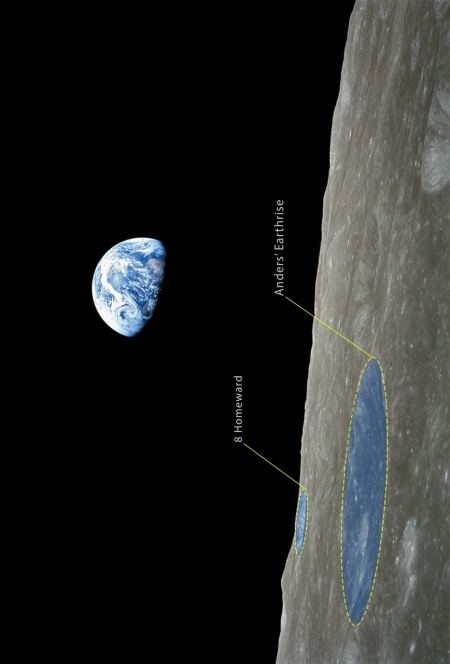Competing proposals for military space operations
Turf war! Even as Trump is pushing for a new Space Force, the military bureaucracy is proposing competing proposals for rearranging its space bureaucracy.
Some of the details are a bit in the weeds but the following lays out some of the basics
Griffin and Wilson take very different approaches.
In her memo, Wilson suggests the Space Development Agency should be organized under the existing Space Rapid Capabilities Office and that it should be geographically and organizationally connected to U.S. Space Command. She recommends using “existing structures designed and chartered to acquire capabilities rapidly, rather than establishing new structures.”
Griffin is proposing a new D.C.-based agency with a staff of 112 government personnel that would report to him initially, but eventually would shift to the control of a new assistant secretary of defense for space, an office that would first have to be approved by Congress.
In Wilson’s plan, the Space Development Agency and other acquisition organizations would transition to the new Department of the Space Force. She pointedly pushes back on the idea of having an assistant secretary of defense for space or a Space Development Agency that reports to that office. She argues that such a setup would create additional bureaucracy that would be removed from the operators who use and maintain the equipment.
Griffin, a former NASA administrator, seems more focused in his proposal in transitioning the military towards using private commercial assets rather than building its own, but his apparent love for building his own empire might work against that stated goal.
Turf war! Even as Trump is pushing for a new Space Force, the military bureaucracy is proposing competing proposals for rearranging its space bureaucracy.
Some of the details are a bit in the weeds but the following lays out some of the basics
Griffin and Wilson take very different approaches.
In her memo, Wilson suggests the Space Development Agency should be organized under the existing Space Rapid Capabilities Office and that it should be geographically and organizationally connected to U.S. Space Command. She recommends using “existing structures designed and chartered to acquire capabilities rapidly, rather than establishing new structures.”
Griffin is proposing a new D.C.-based agency with a staff of 112 government personnel that would report to him initially, but eventually would shift to the control of a new assistant secretary of defense for space, an office that would first have to be approved by Congress.
In Wilson’s plan, the Space Development Agency and other acquisition organizations would transition to the new Department of the Space Force. She pointedly pushes back on the idea of having an assistant secretary of defense for space or a Space Development Agency that reports to that office. She argues that such a setup would create additional bureaucracy that would be removed from the operators who use and maintain the equipment.
Griffin, a former NASA administrator, seems more focused in his proposal in transitioning the military towards using private commercial assets rather than building its own, but his apparent love for building his own empire might work against that stated goal.





